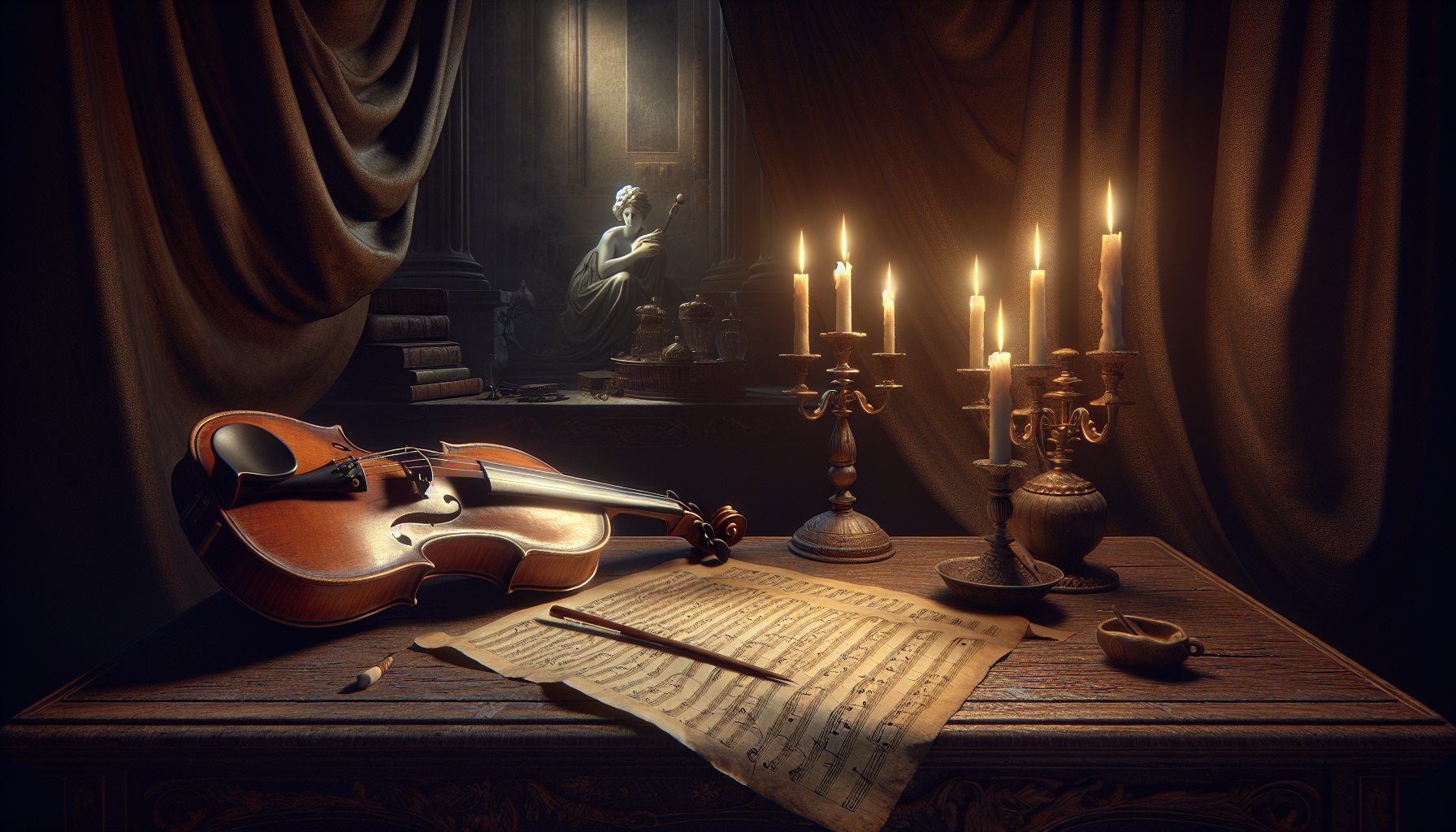Ludwig van Beethoven, one of the most celebrated composers of all time, left an indelible mark on the world of music. Among his most profound contributions are his Late String Quartets. Composed during the final years of his life, these works are not only a testament to his genius but also a gateway to the mystical and spiritual realms that seem to transcend the ordinary boundaries of music.
The Context of Creation
Beethoven’s late quartets, written between 1824 and 1826, came at a time when he was grappling with profound personal challenges. He was entirely deaf and dealing with numerous health issues. Despite these hardships, or perhaps because of them, Beethoven embarked on a journey of unparalleled creativity. The late quartets include:
- String Quartet No. 12 in E-flat major, Op. 127
- String Quartet No. 13 in B-flat major, Op. 130
- Große Fuge in B-flat major, Op. 133
- String Quartet No. 14 in C-sharp minor, Op. 131
- String Quartet No. 15 in A minor, Op. 132
- String Quartet No. 16 in F major, Op. 135
These compositions are not merely musical scores; they are spiritual explorations that delve into the depths of human experience and emotion.
Mystical Elements in the Quartets
Beethoven’s late quartets are often described as mystical because of their innovative structures and the profound emotional depth they convey. As musicologist Joseph Kerman noted, “the late quartets are written in a private language, a code known only to the composer himself.” This sense of mystery invites listeners into a world that is not entirely of this earth.
Innovative Structures
One of the most striking aspects of these quartets is their structural innovation. Beethoven broke away from traditional forms, creating movements of varying lengths and introducing unexpected transitions. For example, the String Quartet No. 14 in C-sharp minor, Op. 131, is composed of seven linked movements played without pause. This continuous flow creates an immersive experience, drawing listeners into a meditative state.
Profound Emotional Expression
The emotional range of these quartets is vast, ranging from serene tranquility to intense anguish. In the String Quartet No. 15 in A minor, Op. 132, Beethoven includes a movement titled “Heiliger Dankgesang” (“Holy Song of Thanksgiving”) which exudes a sense of gratitude and spiritual reflection following his recovery from illness. This movement, with its serene, hymn-like quality, is often cited as one of the most spiritually uplifting pieces in the classical repertoire.
Interpreting the Mysticism
Interpreting the mystical aspects of Beethoven’s late quartets can be both a personal and scholarly pursuit. As Beethoven himself once said, “Music is the mediator between the spiritual and the sensual life.” These quartets embody this mediation, offering insights into Beethoven’s inner life and his views on existence.
“Music is the mediator between the spiritual and the sensual life.” — Ludwig van Beethoven
The late quartets suggest a composer who was not only innovating musically but also probing the mysteries of life and the universe. They invite listeners to embark on their own spiritual journeys, to search for meaning beyond the notes.
Legacy and Influence
The mystical qualities of Beethoven’s late quartets have influenced countless composers and musicians. His departure from conventional forms and his ability to convey profound spiritual messages set a new standard for musical expression. Composers such as Franz Schubert and Johannes Brahms drew inspiration from these works, pushing their own compositions into new emotional and structural territories.
The late quartets continue to challenge and inspire performers and listeners alike. They require a deep level of engagement and interpretation, inviting each generation to find new meanings within their complex layers.
Conclusion
Beethoven’s late string quartets are more than just musical compositions; they are explorations of the mystical and spiritual dimensions of human experience. Through their innovative structures and profound emotional depth, they offer a window into the soul of a composer who, despite his earthly struggles, created music that transcends time and space. As we listen to these masterpieces, we are invited to join Beethoven on his journey, exploring the vast and mysterious landscape of the human spirit.
For more insights on Beethoven’s works, visit Beethoven-Haus Bonn, a comprehensive resource dedicated to his life and music.
